Pearls have long been associated with a sense of tradition, elegance, and, for some, an outdated aesthetic often linked to older generations. Dubbed "grandma's jewelry" by younger consumers, pearls were seen as relics of a bygone era—beautiful but out of touch with contemporary fashion. However, in recent years, a dramatic shift has occurred. Young brands and designers are reimagining pearls, stripping away their age-specific connotations and transforming them into symbols of modernity, individuality, and even rebellion.
The journey to revitalize pearls began with a critical examination of why they felt "old." For decades, pearls were presented in classic styles: single strands, stud earrings, and simple pendants. They were symbols of inherited elegance, often gifted for significant life events like graduations or weddings. While timeless, these designs lacked the dynamism and versatility that younger audiences crave. The very qualities that made pearls timeless also made them seem static and unchanging.
Enter a new wave of jewelry designers and fashion-forward brands. They saw not an outdated material, but a unique organic gemstone full of potential. Their approach was not to discard the pearl, but to deconstruct its traditional context. The goal was ambitious: to maintain the inherent beauty and value of the pearl while completely overhauling its image and how it is worn.
The most significant strategy in this rebranding effort has been a radical redesign. Young brands are moving far beyond the classic strand. They are incorporating pearls into unexpected, contemporary forms. Baroque pearls, with their irregular, non-spherical shapes, have become particularly popular for their unique, organic feel. Designers are setting pearls in rough, unfinished gold, pairing them with industrial chains, or embedding them in signet rings and bold cuff bracelets. The result is a juxtaposition of the pearl's soft, luminous surface with harder, edgier materials, creating a look that is both elegant and tough.
Furthermore, the context of how and where pearls are worn has been expanded. No longer confined to the neckline or earlobes, pearls are now featured in body jewelry, hair accessories, and even woven into the fabric of clothing and shoes. Multiple ear piercings, or the "curated ear" trend, have provided a perfect platform for small, unconventional pearl studs and huggies to be mixed with other metals and gems. This integration into everyday, mixed-media styling makes pearls feel less like a precious heirloom to be saved for special occasions and more like a versatile component of a personal uniform.
Marketing and branding have played an equally crucial role in this transformation. The narrative around pearls has been completely rewritten. Modern campaigns focus on themes of self-expression, empowerment, and individuality rather than tradition and heritage. Brands are leveraging social media platforms like Instagram and TikTok, using influencers and celebrities who embody a cool, contemporary aesthetic—not a classic one. Seeing a punk-inspired musician or a street-style icon wearing pearls shatters the old stereotype instantly. The message is clear: pearls are not for a certain age or a certain type of person; they are for anyone who wants to use them to express their unique style.
This shift is also deeply connected to broader cultural movements towards sustainability and conscious consumption. Pearls, especially those sourced responsibly, are a natural and durable material. For a generation increasingly concerned with the environmental and ethical impact of their purchases, pearls offer an attractive alternative to mined gems. Young brands often highlight their sustainable and ethical sourcing practices, adding a layer of value that resonates deeply with modern consumers. This makes the pearl not just a beautiful object, but a responsible choice, aligning the wearer's values with their aesthetics.
The impact of this de-aging is evident on runways and in street style across the globe. High-fashion houses and independent designers alike are consistently featuring pearls in their collections, often in startlingly original ways. This trickle-down effect means that innovative pearl designs are becoming accessible at various price points, further accelerating their adoption by a diverse audience.
In essence, the successful de-aging of the pearl is a masterclass in cultural repositioning. Young brands did not change the pearl itself; they changed the conversation around it. By focusing on innovative design, modern marketing, and alignment with contemporary values, they have liberated the pearl from its "grandma's jewelry" box. They have proven that a material's perceived age is not inherent but is imposed by context and convention. Today, the pearl stands not as a symbol of the past, but as a fresh, dynamic, and highly personal medium for modern expression, ready to be adopted by anyone, regardless of age.
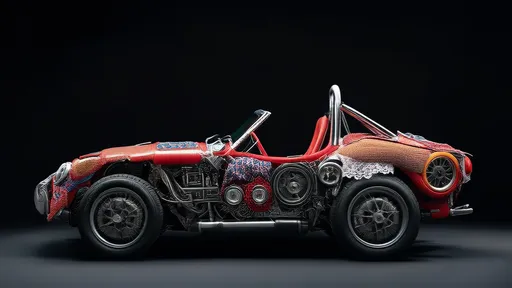
By /Aug 21, 2025

By /Aug 21, 2025
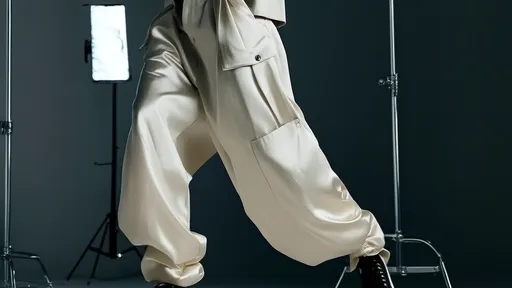
By /Aug 21, 2025
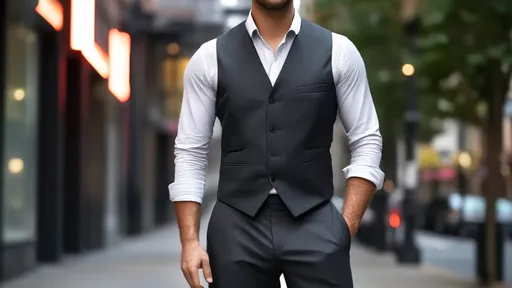
By /Aug 21, 2025
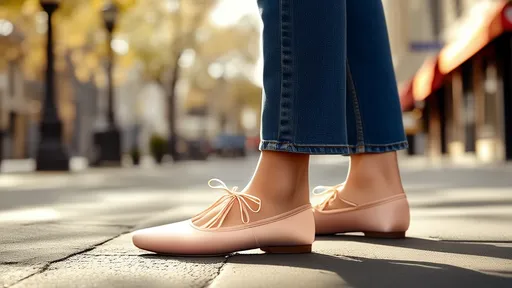
By /Aug 21, 2025
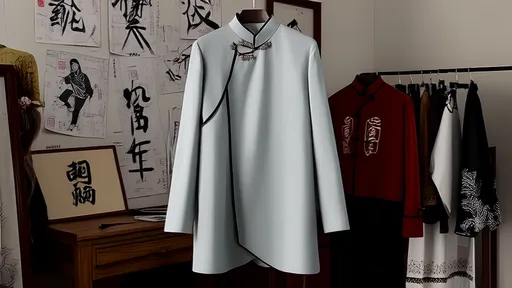
By /Aug 21, 2025

By /Aug 21, 2025

By /Aug 21, 2025
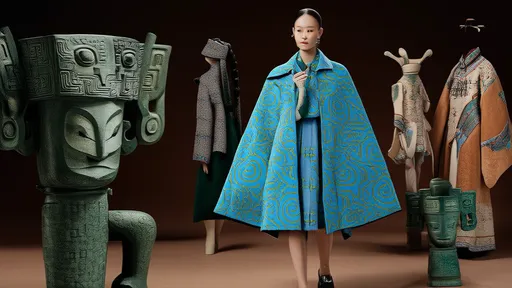
By /Aug 21, 2025

By /Aug 21, 2025

By /Aug 21, 2025
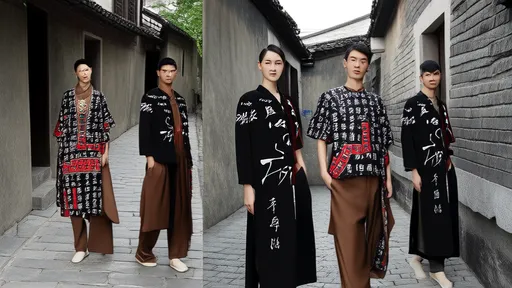
By /Aug 21, 2025
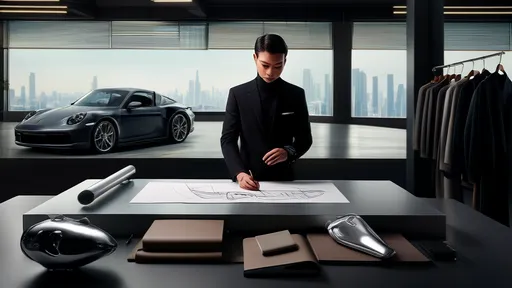
By /Aug 21, 2025
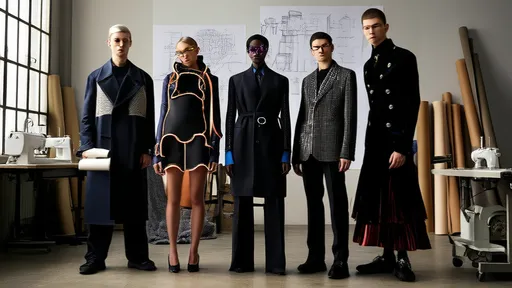
By /Aug 21, 2025

By /Aug 21, 2025
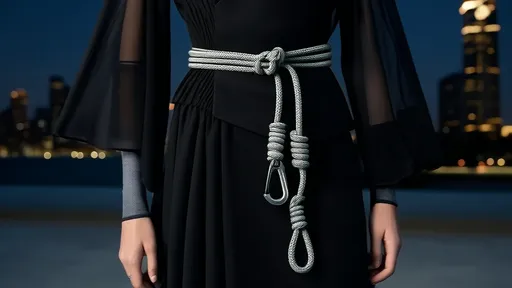
By /Aug 21, 2025

By /Aug 21, 2025

By /Aug 21, 2025

By /Aug 21, 2025

By /Aug 21, 2025